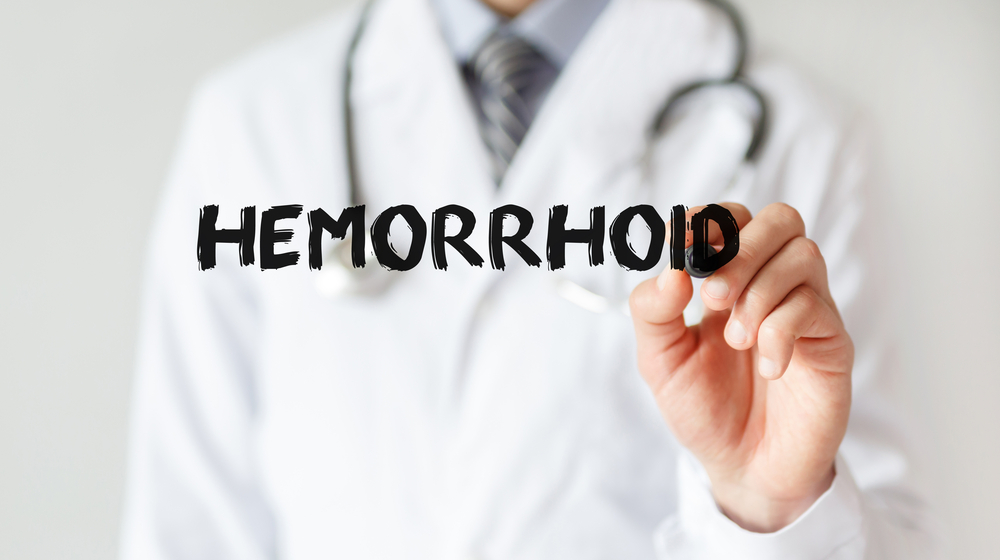An Overview Of External Hemorrhoids- Causes, Symptoms, And Treatment
An overview of external hemorrhoids- Causes, symptoms, and treatment
Hemorrhoid or piles is a health condition wherein the blood vessels that are located in the smooth muscles of the anus wall or rectum wall get swollen. An external hemorrhoid is the term used when the anus veins that are located outside the anus are affected. This kind of hemorrhoids causes discomfort, pain, itching, and blood in the stools. It is very important to get hemorrhoids treatment in time when an individual experiences pain while passing stool.

Below is some information about the causes of external hemorrhoids, symptoms, treatment, and more.
What are the causes of external hemorrhoids?
One of the main causes of external hemorrhoids is too much pressure on the veins around the anus. Due to this much pressure, they tend to stretch and bulge. This pressure might be caused by:
- Repeated straining while passing stools
- Chronic constipation
- Chronic diarrhea
- Pregnancy
- Sitting for prolonged periods of time (especially in the toilet)
What are the symptoms of external hemorrhoids?
The symptoms of external hemorrhoid vary as per the severity of the hemorrhoids. Some common signs and symptoms of external hemorrhoids are:
- Pain in the area surrounding the anus.
- Itching around the rectal area and/or anus.
- Lumps near or around the anus.
- Blood in stools, which may be noticed on the toilet paper or toilet.
- Discomfort and pain, when sitting for a long time.
As the symptoms are common with certain other health conditions, if any or all these symptoms occur together, it is best to schedule an appointment with the doctor.
How are external hemorrhoids diagnosed?
As the symptoms are common with certain other health conditions, if any or all of the above symptoms occur together, it is best to schedule an appointment with the doctor. A doctor will conduct an in-depth exam using a series of tests and a physical exam to check for the presence of external hemorrhoids. The tests may also be conducted if the doctor suspects the presence of internal hemorrhoids. These tests include:
- A proctoscopy
- A digital rectum exam
- A colonoscopy
- An anoscopy
What are the treatment options for external hemorrhoids?
Depending on the severity of the external hemorrhoids, the doctor chooses the line of treatment. Some of the common treatment options include:
- For a mild case of hemorrhoids, home care and treatment using medications, ice packs for reducing the inflammation and swelling, hemorrhoid creams, and/or suppositories may be recommended.
- For severe hemorrhoids, surgical treatment may be adviced. Surgical treatment options include a hemorrhoidectomy, to remove hemorrhoids; the burning of the hemorrhoid tissues using electrical, photo, or laser coagulation.
- For reducing the hemorrhoids, a rubber band ligation or sclerotherapy may be conducted.
How to prevent external hemorrhoids?
Although there are several remedies for getting rid of hemorrhoids, prevention is always better than cure. Some preventive methods that can be used are:
- Avoid straining and pressure while passing stools.
- When suffering from severe or chronic constipation, request a doctor to prescribe laxatives and/ or stool softeners.
- Eating a diet that is balanced and rich in fibers. Some good foods rich in fiber are whole wheat, oatmeal, brown rice, buckwheat, carrots, pears, and bran.
- Ensuring to have eight to ten glasses of water or liquids (excluding alcohol) to keep the body hydrated.
- Regular exercising to reduce weight as well as maintain a healthy weight.
- Go to the toilet whenever there is a feeling of bowel movement. Do not avoid or delay for later.
- Do not sit for long periods of time (especially on the toilet).